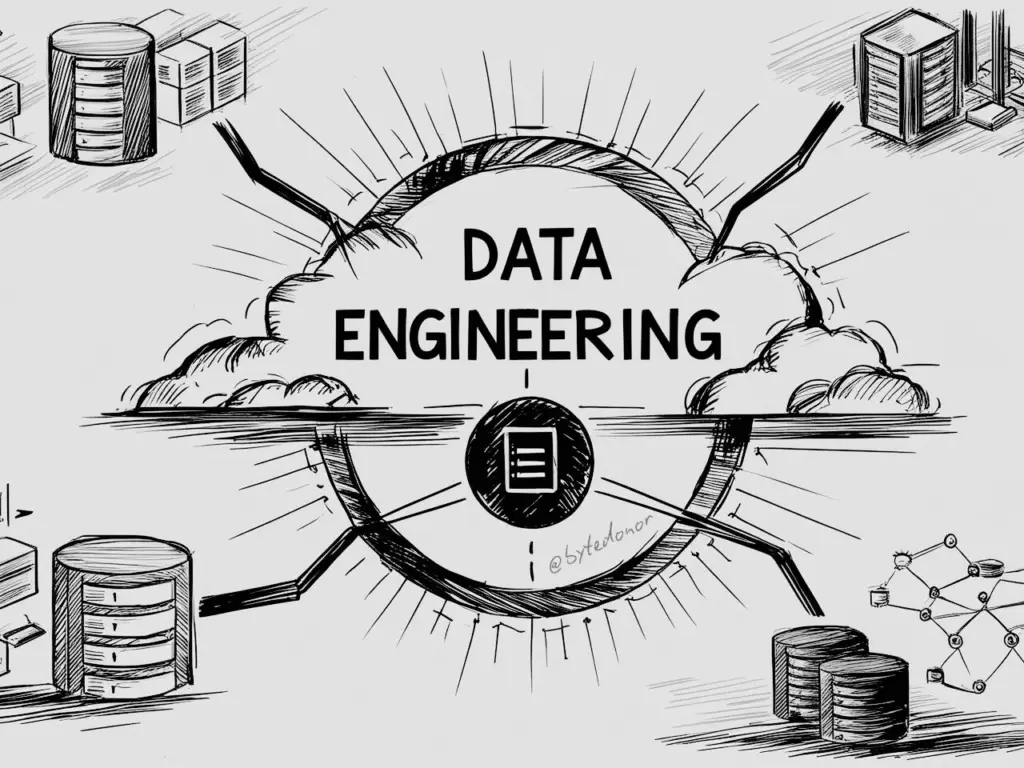Microsoft Fabric is revolutionizing how organizations handle their data, offering an all-in-one analytics solution that brings together data engineering, data warehousing, Data Science, real-time analytics, and business intelligence. As a Microsoft Fabric consultant, I frequently guide clients through their initial setup, and one of the most crucial first steps involve coordinating with the internal IT team.
Getting your IT ducks in a row early on can save significant time and prevent headaches down the line. If you’re an organization looking to embark on your Fabric journey, or an IT professional preparing for its adoption, this guide outlines the key administrative items and questions to address with your IT department.
Why Involve IT Early?
Microsoft Fabric leverages your existing Azure and Microsoft 365 infrastructure. This means permissions, network configurations, and access to data sources are foundational to a successful deployment. Your IT team holds the keys to these critical components.
Your Microsoft Fabric IT Checklist
Here’s a comprehensive list of administrative items and questions to put forward to your IT team to kickstart your Microsoft Fabric setup:
| Azure & Microsoft Entra ID (AAD) Foundations | ||
| Dedicated Azure Resource Group | Create a dedicated Azure Resource Group (e.g., RG-YourCompany-Fabric-Prod) to house all Fabric-related Azure resources. This centralizes management and simplifies cost tracking. | |
| Role-Based Access Control (RBAC) | Establish a new Microsoft Entra security group (e.g., SG-Fabric-Admins) and grant it the Contributor role on the newly created Resource Group. This group will manage Fabric capacities and other related resources. | |
| Service Principal (Recommended for Automation) | For secure, non-interactive access for automation (e.g., CI/CD pipelines, automated deployments), consider creating a Service Principal with Contributor rights on the Resource Group.Q: Are we able to create a Service Principal for automated Fabric resource management, and what is the process? | |
| Microsoft Fabric Tenant & Capacity Configuration | ||
| Licensing & Capacity Confirmation | Fabric utilizes capacity units (CU) for its compute power. Understanding your licensing is key to resource allocation. Q: Do we have an existing Power BI Premium Capacity (P-SKU) that can be enabled for Fabric workloads, or have we provisioned a new Fabric Capacity (F-SKU)? | |
| Fabric Tenant Settings Review | Tenant settings govern the overall behavior and capabilities available within Fabric for your organization. Who is the designated Power BI/Fabric Administrator who can review and enable key tenant-level settings (e.g., specific workspace creation, external data sharing policies) required for our project? | |
| Data Source Connectivity & Security | ||
| Identify Core Data Sources | This informs subsequent network and credential requirements. Q: Can you provide a list of the initial data sources we will be connecting to (e.g., on-premises SQL Server, Azure SQL Database, SharePoint, Salesforce, SAP, etc.)? | |
| Network & Firewall Configuration | For on-premises or network-restricted cloud data sources, the public IP address ranges for Microsoft Fabric will need to be whitelisted in your firewalls. Q: Can we work with your network team to whitelist the necessary Fabric IP ranges to ensure connectivity to our data sources? | |
| On-Premises Data Gateway (for Hybrid Scenarios) | If you have on-premises data sources, a server will need to be designated for installing the On-Premises Data Gateway. Q: Which server can be designated for the On-Premises Data Gateway installation, and can we get administrator access to perform the setup? | |
| Data Source Credentials | Secure credentials are essential for Fabric pipelines to extract data. Q: Can we obtain read-only service account credentials (username/password or connection strings) for each data source? Alternatively, what is the plan to configure access via Managed Identities where applicable? | |
| Governance & Collaboration | ||
| Primary IT Contact | A dedicated contact streamlines communication and issue resolution. Q: Who will be our primary technical point of contact from the IWI IT team for this Microsoft Fabric project? | |
| Naming Conventions & Tagging | Consistency ensures maintainability and adherence to organizational policies. Q: Do you have existing corporate standards for naming conventions (for workspaces, items, etc.) or Azure resource tagging that we should adhere to? |
Partnering for Success
Completing this checklist is the launchpad, not the destination as a successful Microsoft Fabric adoption involves building a robust governance framework, driving user adoption, and creating a scalable operational model. Setting up Microsoft Fabric is a collaborative effort and by proactively engaging your IT team with these clear requirements and questions, you lay a solid foundation for a successful, secure, and high-performing analytics environment.
This initial technical setup is where a strategic partner can make all the difference. By bridging the conversation between business stakeholders and IT professionals, I can ensure your Fabric foundation is not just technically sound but perfectly aligned with your long-term business objectives.
Ready to turn your data blueprint into a reality? Contact me today for a complimentary readiness assessment to ensure your organization is truly prepared for its Microsoft Fabric journey. As a Microsoft Fabric consultant, I’m here to help bridge the gap between business needs and technical implementation, ensuring your journey into the world of unified data analytics is smooth and impactful.


